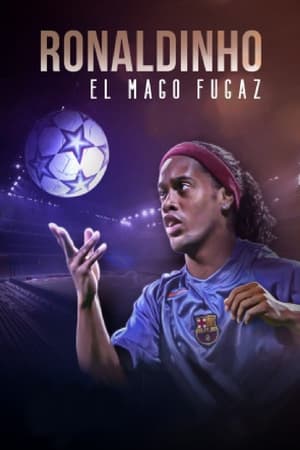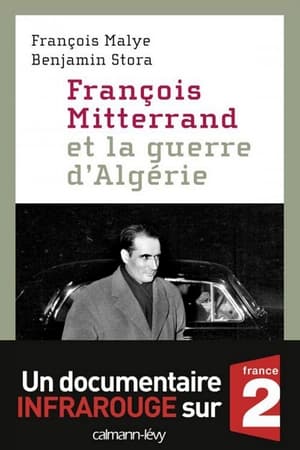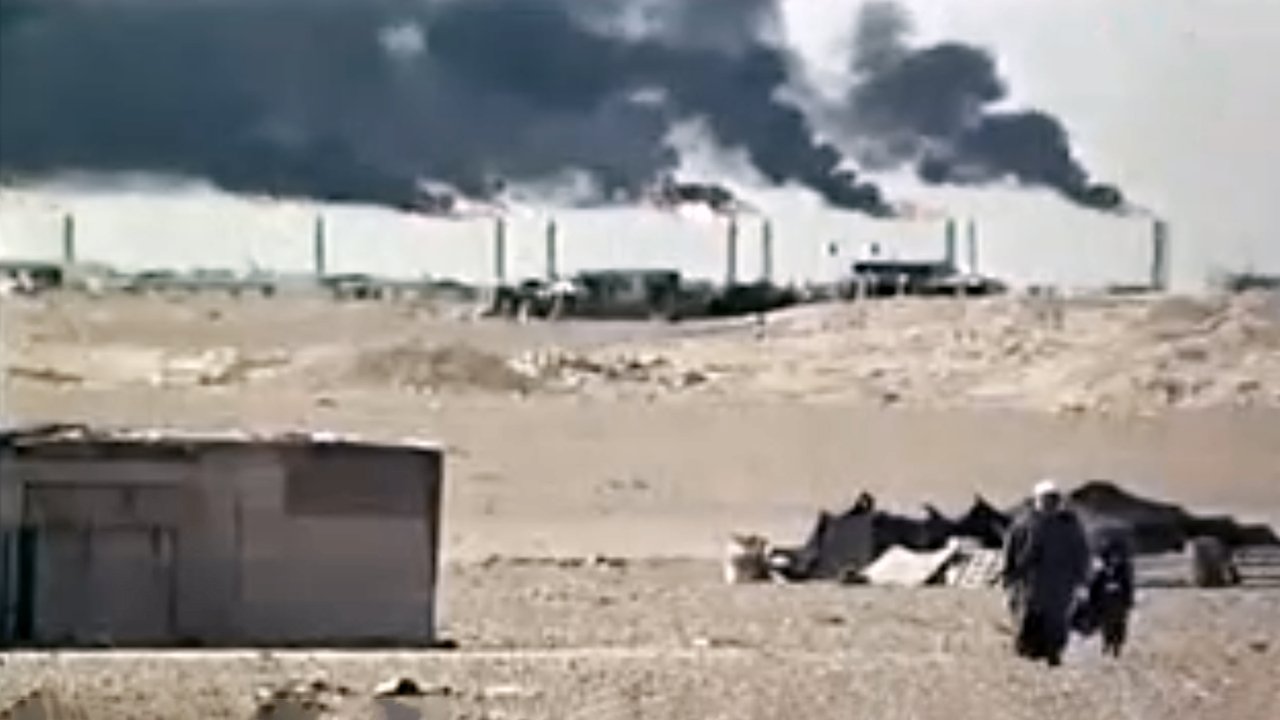

Children of the Wind(1980)
Three short films about abandoned children, left to the omnipotence of silence, of the eye and of the hand but also of abysmal loneliness

Movie: Children of the Wind

Aulad el rih - Les enfants du vent
Recommendations Movies
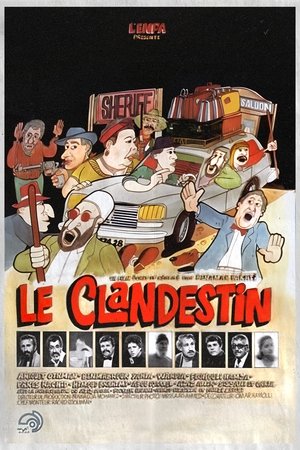 9.5
9.5Le Clandestin(ar)
Nine people with Abdullah Le Clandestin (Illegal Taxi), in one car, on the way to Algiers.
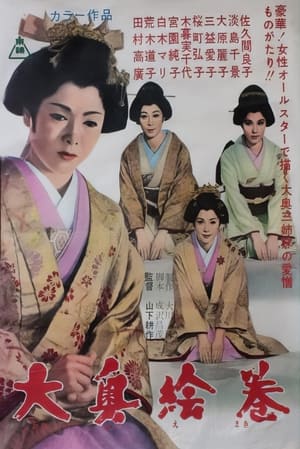 4.3
4.3Tales of the Inner Chamber(ja)
Love-hate drama of three beautiful sisters in Ooku in Edo Castle.
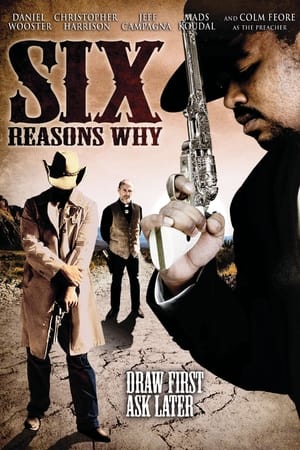 5.2
5.2Six Reasons Why(en)
In a desolate place called the Badlands, four men stand off with guns drawn, their fingers ready at the trigger. Among them are a fugitive seeking redemption, a son out to avenge his father's murder, a loyal servant with a secret and a murderous criminal hired to kill with a vengeance. This is their story...in a place where revenge, deception and cruelty are a way of life.
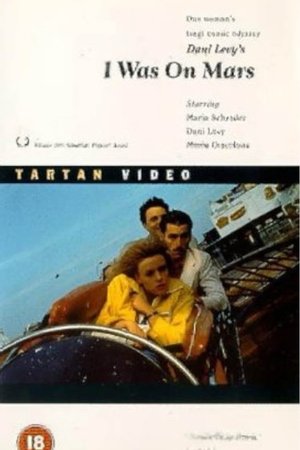 7.3
7.3I Was on Mars(en)
Silva fulfills herself a dream: from Poland she flies to USA. With only a few hundred dollars she arrives in New York, incapable of the language. Not long until the charming swindler Avi steals all her money - but she doesn't give up: She hunts him down, follows him around, demanding her money back.
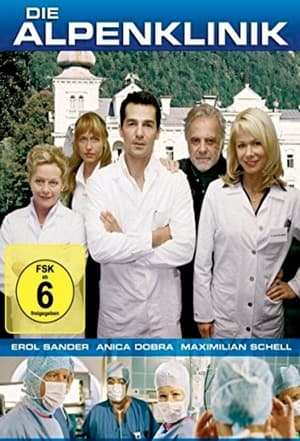 3.0
3.0Die Alpenklinik(de)
After an alleged malpractice that led to the death of his brother, heart surgeon Daniel Guth took the consequences: he gave up his beloved job and retreated into the solitude of nature. At his place of refuge, the Salzburg mountains, the heiress to a private clinic is desperately looking for a capable chief physician. Daniel declines the post, although he finds the woman attractive. When a boy is seriously injured in a bus accident, he is confronted with his trauma again.
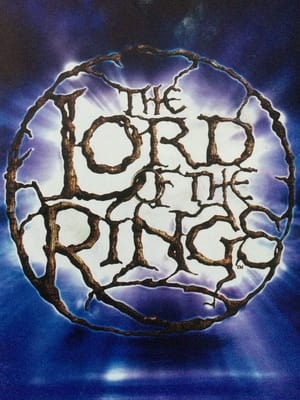 8.8
8.8The Lord of the Rings the Musical - Original London Production - Promotional Documentary(en)
This 15-minute DVD follows the adaptation of LOTR for the stage, and features rehearsal and show footage of the initial production in Toronto as well as interviews with the creative team now preparing for the London production.
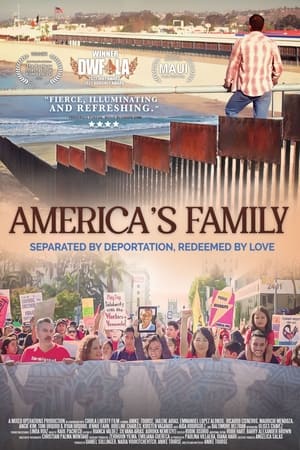 0.0
0.0America's Family(en)
When ICE raids the Diaz home and business, Mother Marisol is detained, son Koke is deported, and father Jorge goes into sanctuary. As the siblings Milo and Valentina fight to reunify the family, they also fight for the love that connects them.
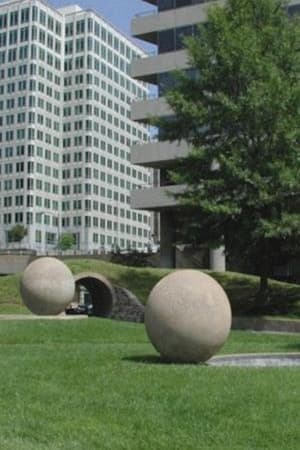 5.0
5.0Art in the Public Eye: The Making of Dark Star Park(en)
This piece documents the process behind the creation of Holt's major public art installation, Dark Star Park, in Arlington, Virginia. The park, which features giant concrete spheres and pipes, allows the visitor to reconsider the experience of space, earth and sky within an urban context. It also serves as a kind of contemporary Stonehenge: once a year, on August 1 at 9:30 am, the shadows of the objects exactly align with outlines on the ground. Interviews with the artist, the architects, engineers, contractors, and the public, among others, reveal Dark Star Park as both a public sculpture and a functioning park that reclaims a blighted urban environment.
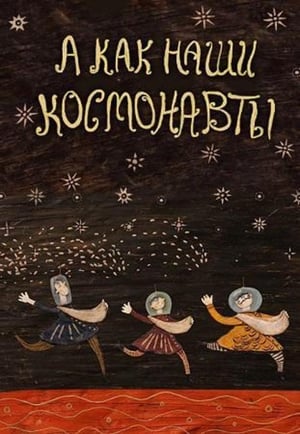 5.9
5.9About Our Astronauts(ru)
Three cosmonauts bid farewell to their loved ones and embark on a journey into space, where they encounter discoveries in uncharted territory yet to be explored by humankind.
The Last Days of Contrition(en)
“The Last Days of Contrition (35 minutes black and white 1988) is an exploration of the Canadian and American landscapes, and the relationship between the two. The narrative deals with a journey through timeless, vacant American landscapes (baseball stadiums, Venice Beach, Mojave Desert, and a US Missile Base). The photographic strategy is influenced by a consciousness of light, a quintessential characteristic of American photography. I documented the American landscape in the tradition of the early formalist photographers (Walker Evans, Paul Strand, etc.) allowing there to be content in form. The Last Days of Contrition straddles two cultural forces while developing an understanding about our Canadian origins and muses. (RK)
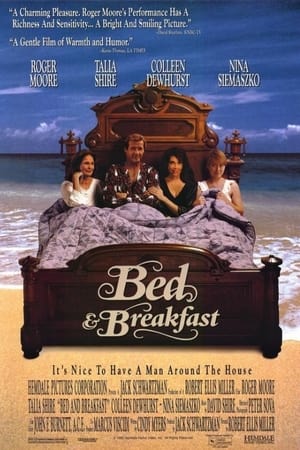 5.7
5.7Bed & Breakfast(en)
Life changes for three women who run a failing hotel when a mysterious man washes up at the beach.
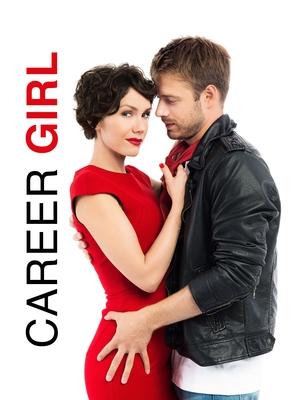 5.0
5.0Career Girl(pl)
Zoska, is an attractive, well-educated and hard working woman who doesn't want to be stereotypically labeled by modern world. When she gets fired her world collapses, now she must realize what she really wants from life.
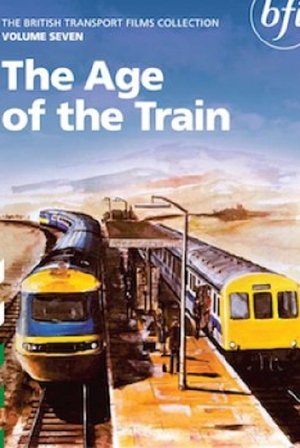 8.0
8.0Discover Britain by Train(en)
Part of BFI collection "The Age of the Train."
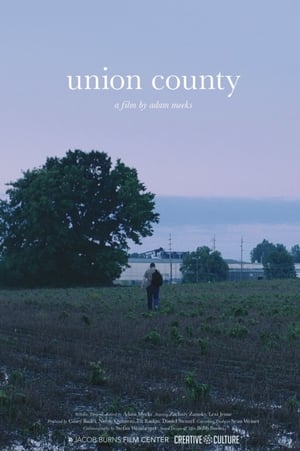 6.3
6.3Union County(en)
Cody is a recovering opiate addict in rural Ohio, 45 days clean and enlisted in a strictly enforced drug court programme by the county government. Local sober-living facilities are full, so Cody is living in his car on the outskirts of town and working at the nearby lumber mill to save money and keep busy. But his past doesn't want to forget him.
Les clowns(en)
At last, a film on the history of clowns, these poets of the absurd, these “men under construction” as the poet Henri Michaux described them. From the beginning of the 20th century with Charlie Chaplin, to the present day with James Thierrée, his grandson, this archival film relates the evolution of clowns across the world, identifies affinities and marks breaking points. The whole range of the art of the clown is represented, from Popov’s and Slava’s obsession with perfection, to Fratellini’s or Semianyki’s clumsiness as art. A saga like a wild poetic gospel, which showcases their humorous dimension but also underscores their tragic aspect. With complex characters such as Buster Keaton and Jacques Tati, who make us shiver by the accuracy of their take on the human condition and remind us, with Fellini, that clowns don the ridiculousness of mankind.
 10.0
10.0Lost Angeles(en)
Yosef Khoury has been sitting in his messy and chaotic store in Kiryat Malachi for thirty years, repairing watches. Yoseph was a wunderkind, but the development town where he was born is not a place for genius children. Today, he's sixty years old, debts are piling up and the local elections are starting he decides it's time. Against all odds, he decides to run for office and try to right the wrongs in his city and breathe new life into it and his life. But there is one hurdle that Joseph wants to cross: to receive the blessing of his father Victor.
Similar Movies
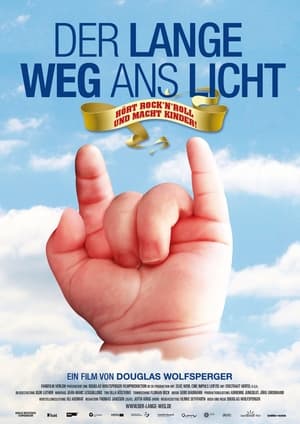 3.5
3.5Der lange Weg ans Licht(de)
Edeltraut Hertel - a midwife caught between two worlds. She has been working as a midwife in a small village near Chemnitz for almost 20 years, supporting expectant mothers before, during and after the birth of their offspring. However, working as a midwife brings with it social problems such as a decline in birth rates and migration from the provinces. Competition for babies between birthing centers has become fierce, particularly in financial terms. Obstetrics in Tanzania, Africa, Edeltraud's second place of work, is completely different. Here, the midwife not only delivers babies, she also trains successors, carries out educational and development work and struggles with the country's cultural and social problems.
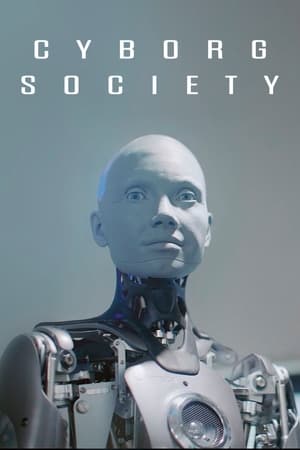 7.0
7.0Cyborg Society(en)
What does the looming A.I. revolution mean for us as individuals and as a society?
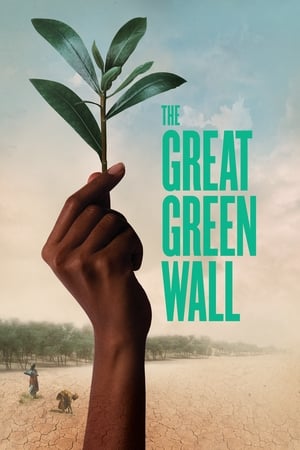 6.2
6.2The Great Green Wall(en)
An epic journey along Africa's Great Green Wall — an ambitious vision to grow a wall of trees stretching across the entire continent to fight against increasing drought, desertification and climate change.
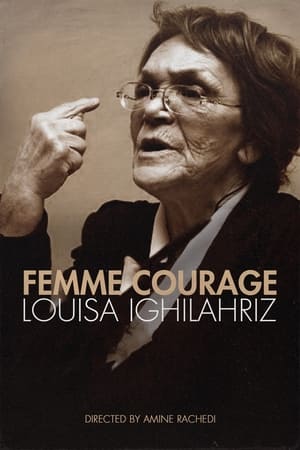 10.0
10.0Woman of Courage - Louisa Ighilahriz(ar)
The autobiographical account of the tormented life of a witness of the century: Louisa Ighilahriz, activist and leading figure in Algerian independence. A student, she joined the independence struggle at the age of 20, joining the ranks of the FLN on the eve of the Battle of Algiers in late 1956 under the name Lila. She took part in the high school students' strike, then fled into the maquis when she was actively sought after. She was part of the French FLN support network of "suitcase carriers" during the Battle of Algiers. Seriously wounded alongside her network leader, Saïd Bakel, during an ambush in 1957, hospitalized and then imprisoned, she suffered numerous tortures in French prisons. She will be saved from certain death by an anonymous person, she will seek, for forty years, to find him just to show him her gratitude... Emblematic of the painful Franco-Algerian history, Louisa's story is poignant and imbued with humanism.
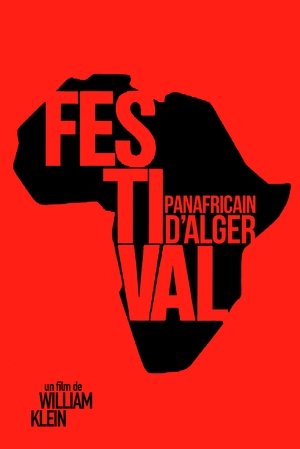 6.0
6.0The Panafrican Festival in Algiers(ar)
Festival panafricain d'Alger is a documentary by William Klein of the music and dance festival held 40 years ago in the streets and in venues all across Algiers. Klein follows the preparations, the rehearsals, the concerts… He blends images of interviews made to writers and advocates of the freedom movements with stock images, thus allowing him to touch on such matters as colonialism, neocolonialism, colonial exploitation, the struggles and battles of the revolutionary movements for Independence.
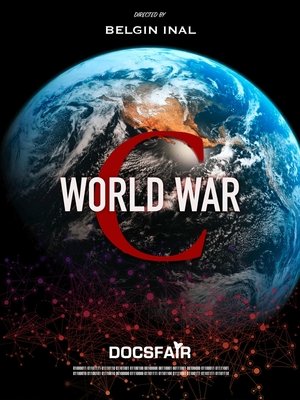 6.0
6.0World War C(nl)
It's war. War against an invisible enemy that is not as deadly as we are told. The world is changing rapidly. Disproportionate measures are taken worldwide that disrupt society as a whole. A dichotomy in society forced vaccinations and restrictions on freedom. Have we had the worst? Or is there something more disturbing to awaiting us.
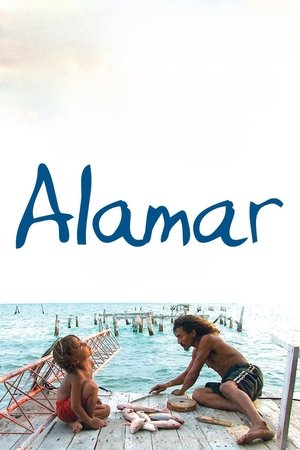 6.8
6.8To the Sea(es)
Before leaving for Rome with his mother, five year old Natan is taken by his father, Jorge, on an epic journey to the pristine Chinchorro reef off the coast of Mexico. As they fish, swim, and sail the turquoise waters of the open sea, Natan discovers the beauty of his Mayan heritage and learns to live in harmony with life above and below the surface, as the bond between father and son grows stronger before their inevitable farewell.
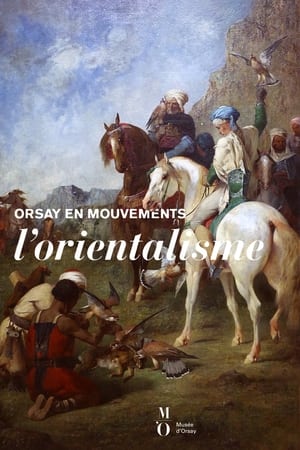 10.0
10.0L'Orientalisme(fr)
Orientalism is a literary and artistic movement born in Western Europe in the 18th century. Through its scale and popularity, throughout the 19th century, it marked the interest and curiosity of artists and writers for the countries of the West (the Maghreb) or the Levant (the Middle East). Orientalism was born from the fascination of the Ottoman Empire and followed its slow disintegration and the progression of European colonizations. This exotic trend is associated with all the artistic movements of the 19th century, academic, romantic, realistic or even impressionist. It is present in architecture, music, painting, literature, poetry... Picturesque aesthetics, confusing styles, civilizations and eras, orientalism has created numerous clichés and clichés that we still find today in literature or cinema.
 0.0
0.0Africa's Lost Eden(en)
In the heart of Gorongosa National Park, Mozambique, the waters of Lake Urema explode with the thrashing of a giant crocodile tail. Gorongosa was once known as the place where Noah left his ark: 1,500 square miles of lush floodplains in central Mozambique, packed with wild animals. All around, enormous buffalo, soaring fish eagles, and countless antelopes roam freely. But on closer look, something strange is going on. Fifteen years of civil war has taken a heavy toll and many species have been almost completely wiped out. All the usual top predators and prey are virtually missing, except for one - giant crocodiles and thousands of them. Discover what is being done to bring this African oasis back to its former glory, including perhaps the most ambitious restoration effort ever attempted, with elephants, hippos and scores of zebra, wildebeest, impala and buffalo, being relocated into the park.
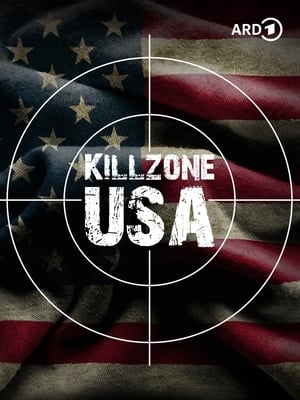 4.0
4.0Kill Zone USA(de)
30,000 people die in the US each year by firearms. Collateral damage of an undeclared civil war, from which the arms industry has benefited for decades under German and European participation. Starting from the massacre at Sandy Hook Elementary School, this documentary examines why we can't stop the arms madness.
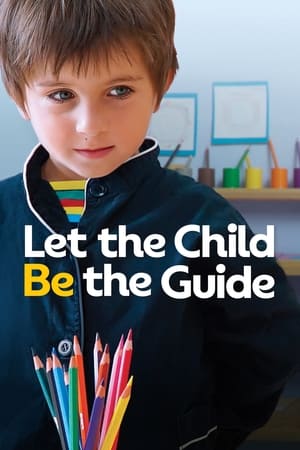 6.8
6.8Let the Child Be the Guide(fr)
As a young father, watching his daughter go through her life experiences, film director Alexandre Mourot discovered the Montessori approach and decided to set his camera up in a children's house (3 to 6 years of age) in the oldest Montessori school in France. Alexandre was warmly welcomed in a surprisingly calm and peaceful environment, filled with flowers, fruits and Montessori materials. He met happy children, who were free to move about, working alone or in small groups. The teacher remained very discreet. Some children were reading, others were making bread, doing division, laughing or sleeping. The children guided the film director throughout the whole school year, helping him to understand the magic of their autonomy and self-esteem - the seeds of a new society of peace and freedom, which Maria Montessori dedicated her life work to.
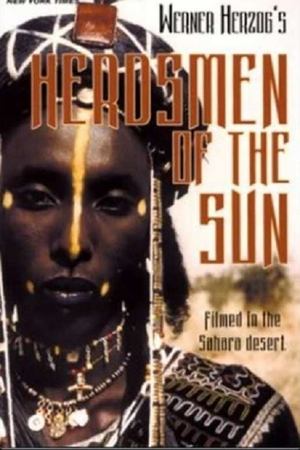 7.1
7.1Wodaabe: Herdsmen of the Sun(de)
Herzog's documentary of the Wodaabe people of the Sahara/Sahel region. Particular attention is given to the tribe's spectacular courtship rituals and 'beauty pageants', where eligible young men strive to outshine each other and attract mates by means of lavish makeup, posturing and facial movements.
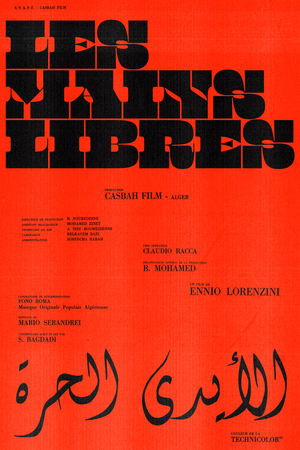 10.0
10.0Les Mains Libres(fr)
In 1964, Algeria, just two years after the end of the war of independence, found itself catapulted into new contradictions, a still rural territory which responded to the modernity brought by the revolution. Filmed during the winter of 1964-1965 by the young director Ennio Lorenzini, it is the first international Algerian production which paints a rare portrait in color of a multifaceted nation, far from the simplistic vision created by the press and the French army. Produced by Casbah Film, Les Mains Libres (initially titled Tronc De Figuier) bears witness to the stigmata of colonization and the future of free Algeria throughout the Algerian territory and reveals the richness of its landscapes and the diversity of its traditions . The documentary, using the aesthetics of militant cinema of the time, is made up of four scenes: Sea and Desert, The Struggle, The Earth, Freedom.
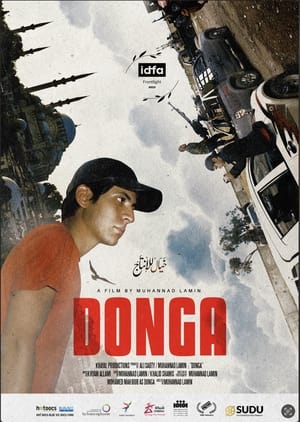 0.0
0.0Donga(ar)
“There was excitement in the air,” says Donga, now in his late twenties, describing his feelings when the uprising against Muammar Gaddafi’s rule broke out in 2011. He was 19, living in Misrata, and boldly went to film the fighting with a friend. A decade later, in a hotel in Istanbul, where he has been living since he was wounded in battle, he looks back on the past ten years through excerpts from his videos. And he reflects on how that period has affected him.
 5.0
5.0Juzo Itami: The Man with 13 Faces(ja)
A documentary about the legendary Japanese filmmaker.
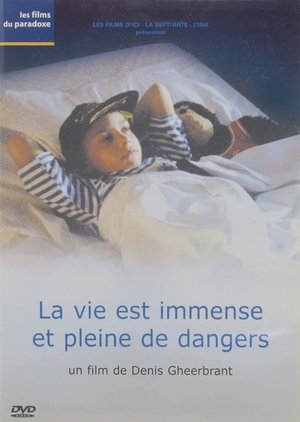 0.0
0.0Life Is Boundless and Full of Dangers(fr)
Cédric is a child like millions of others. The only difference is that the little boy is seriously ill and must spend six months in a hospital. Fortunately, the medical staff are well aware that Cédric, like other kids named Steve or Dolores, must - above all else - live his child's life.
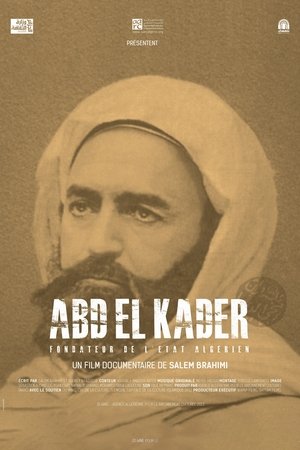 10.0
10.0Abd El-Kader(fr)
Illustrated with archival photographs, animations and live action, this film explores the history and historical and spiritual heritage of Emir Abd El-Kader. Algerian leader of the 19th century, was admired by Abraham Lincoln and celebrated to this day by the Red Cross as a great humanitarian. Emir Abd el-Kader, the man who challenged the French armies from 1832 to 1847 before creating the bases of a real Algerian state, is today considered by independent Algeria as one of the most outstanding figures. of its history. The nobility of his attitude after his capture and the very effective protection he brought to the Christians of Damascus at the end of his life also earned him great prestige among his former adversaries. A documentary told in dialectal Arabic by the voice of Amazigh Kateb.
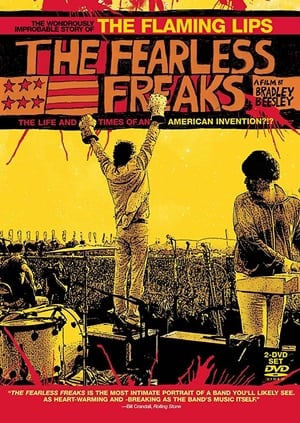 7.0
7.0The Fearless Freaks(en)
Equal parts punk and psychedelia, the Flaming Lips emerged from Oklahoma City as one of the most bracing bands of the late 1980s. The Fearless Freaks documents their rise from Butthole Surfers-imitating noisemakers to grand poobahs of orchestral pop masterpieces. Filmmaker Bradley Beesely had the good fortune of living in the same neighborhood as lead Lip Wayne Coyne, who quickly enlisted his buddy to document his band's many concerts and assorted exploits. The early footage is a riot, with tragic hair styles on proud display as the boys attempt to cover up their lack of natural talent with sheer volume. During one show, they even have a friend bring a motorcycle on stage, which is then miked for sound and revved throughout the performance, clearing the club with toxic levels of carbon monoxide. Great punk rock stuff. Interspersed among the live bits are interviews with the band's family and friends, revealing the often tragic circumstances of their childhoods and early career.
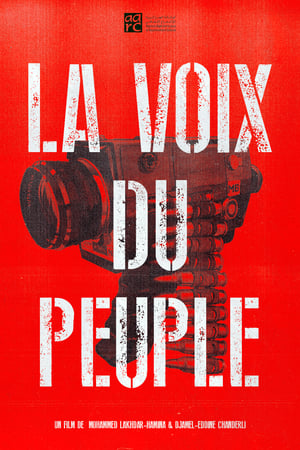 10.0
10.0Sawt Echaâb(ar)
“La Voix du Peuple,” composed of archival photographs by René Vauthier and others, exposes the root causes of the armed conflict of the Algerian resistance. Participating in a war of real images against French colonial propaganda, these images aimed to show the images that the occupier had censored or distorted, by showing the extortions of the French occupation army: torture, arrests and arbitrary executions, napalm bombings, roundabout fires, erasing entire villages from the map, etc. This is what the French media described as a “pacification campaign”.
